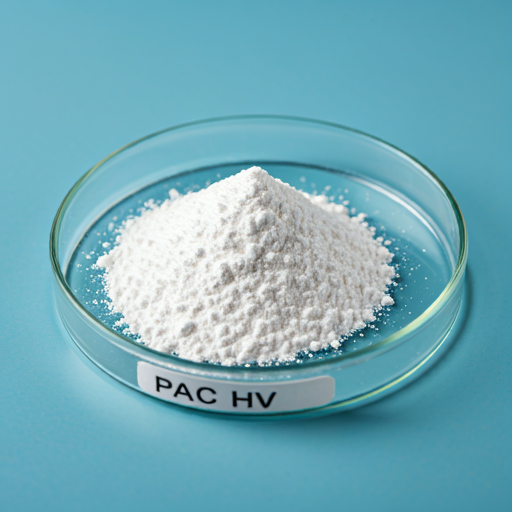CMC and PAC are both commonly used as additives in various industries, but they have different properties and uses.
CMC, or Sodium Carboxymethyl cellulose, is a water-soluble cellulose ether derived from natural cellulose. It is commonly used as a thickener, stabilizer, and binder in food products, such as ice cream, salad dressings, and baked goods, as well as in various industrial applications, such as paper coatings, oil drilling fluids, and detergents. CMC can also be used as a dietary fiber supplement due to its ability to absorb water.
PAC, or Polyanionic cellulose, is a water-soluble derivative of cellulose that is chemically modified with anionic groups. PAC is mainly used in the oil and gas industry as a thickening agent and filtration control additive for drilling muds, which are fluids used to lubricate and cool the drill bit during drilling operations. PAC helps to increase the viscosity of the drilling mud, which helps to carry drill cuttings to the surface and to prevent the collapse of boreholes.
In summary, while both CMC and PAC are water-soluble cellulose derivatives, they have different properties and uses. CMC is mainly used as a thickener and stabilizer in food and industrial applications, while PAC is primarily used as a thickening agent and filtration control additive for drilling muds in the oil and gas industry.

 English
English 日本語
日本語 français
français Deutsch
Deutsch Español
Español italiano
italiano русский
русский português
português العربية
العربية Türkçe
Türkçe Nederland
Nederland















